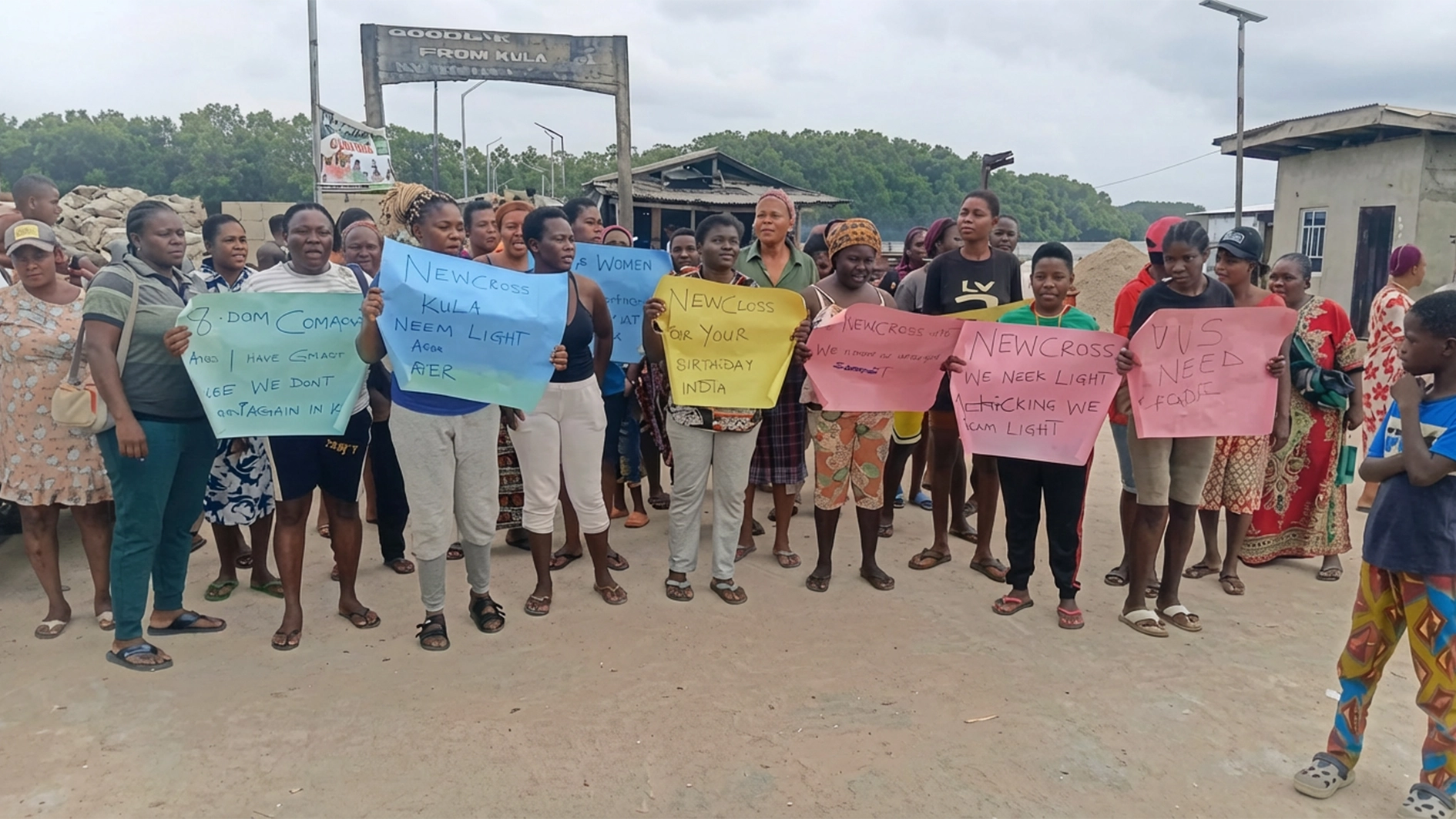
Subsequently, the budget ministry raised a circular requesting the concerned government parastatals to henceforth prepare and submit their proposed revenue and expenditure estimates for the 2023 fiscal year.
However, preparation for the next fiscal year begins in earnest when the state is grossly performing poorly in her current fiscal year, a cumulative detail of the first and second quarter of 2022 budget performance released by the ministry, clearly enunciated.
The request of the ministry is in consonance with the principle of transparency and accountability as well as cardinal to the provision of section 10 (1) of the Public Financial Management Law 2020.
In a release by Auwalu Umar Sanda, Permanent Secretary Ministry of Planning and Budget, the issuance of the instrument signifies the commencement of the year 2023 budget process, where the MDAs are expected to ensure compliance with the stipulated guidelines.
According to him, the expected proposal should capture personnel costs which include establishments, basic salary, and allowances; non-personnel services (overhead cost), debt services, and capital expenditure (capital receipts as approved in the working plan).
Sanda said: “It is imperative for all revenue generating MDAs to comply with the existing Medium Term Revenue Strategy (MTRS) and set Medium Term Revenue Target (MTRT) on both statutory taxes, MDAs rates, and levies. Capital Receipts, as well as estimates of Corporate Social Responsibility, shall be treated separately, and prepare effective cost proposals as agreed upon or approved in the work plan for the case of drawdown. This is to allow adequate budgetary provision and subsequent tracking of performance in the budget.
“It is important also for MDAs to submit all Actuals on Revenue, including Capital Receipts, Expenditure incurred in the previous fiscal year of January to December 2021 and also January to August 2022 period. Equally, for the sectors in the State Development Plan (KSDP), MDAs should note that the 2023 budget is, aligned with the 52-digit Budget Classification and Chart of Account (BC & CoA) configured under the Nigerian Governor’s Forum Template (NGF) for integration into budget proposals.”
On the half-year performance of the 2022 budget, the state government recorded a total average of 8.7 percent performance in capital expenditure while 45.1 percent of revenue performance was recorded between January and June 2022. Nevertheless, the budget was over-bloated by 55.4 percent of recurrent expenditure within the period under review.
In the 2022 budget estimation, N121,855,897,143.88 was projected for capital expenditure. However, a performance detail released by the ministry of planning and budget indicated that the actual release for capital expenditure in the first and second quarters stood at N10,642,369,450.10. The figures indicated an 8.7 percent performance and variance of N111,213,527,693.78.
Although the state projected N221,235,185,147.00 as revenue for the fiscal year, the actual revenue (FAAC, IGR, Receipt) generated within the half year stood at N95,432,764,517.34 given a performance of 43.1 percent. However, the government exceeded budget provision projected on recurrent expenditure, especially on personnel costs, overhead costs, and other administrative cost.
For instance, the projection for the recurrent expenditure put at N99,379,288,003.12 was over-bloat to N55,083,115,820.48 indicating 55.4 per cent. With the over-limit performance; the government may be compelled to forward a supplementary budget to the state house of assembly to meet her financial obligation for the rest of the quarters.






